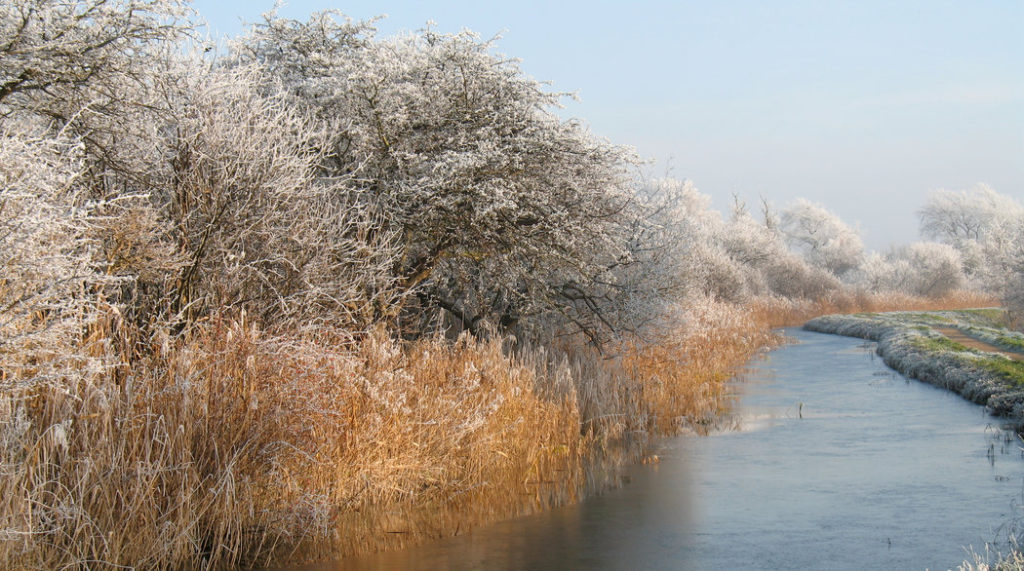ON NATURE
By Helen Macdonald for The New York Times
On a foggy morning last spring, I took my brother and 11-year-old niece for a long walk in one of Britain’s oldest nature reserves, Wicken Fen, a tiny fragment of a lost marshland ecosystem that once covered around 2,500 square miles of eastern England. We spent hours walking through a mosaic of grassland and sedge, past wet fields cut with scrub-shadow and flashes of open water. Everywhere was bursting with life: singing nightingales, snipe winnowing through the upper air, cuckoos tilting from the tips of willows and rails squealing and grunting in reeds. As we walked on wet grass by one of the fen’s ancient waterways, a barn owl floated past us, its mothy wings shining through particulate mist; at our feet a drinker moth caterpillar inched furrily across the path like a cautiously mobile mustache. We knelt to watch its progress. Then my niece turned to me and asked: “When they made this place, where did they bring the animals from? Did they come from a zoo?”
I have been coming to Wicken for many years, bewitched by its strangeness and beauty. And today, as I walk its muddy paths under drifts of pallid cloud, my niece’s inability to understand that the life that is here was once everywhere still disturbs me. But that is, after all, why we’d come: Nature reserves are places to experience the past — the British environmentalist Max Nicholson once described them as outdoor living museums. Fen landscapes are unstable places where familiar categories of water and land are disconcertingly confused, and they feel temporally unstable, too, rich with a sense of their layered ages. Walking in them is an act of virtual time travel. MORE
Photos Courtesey: Helen Macdonald
